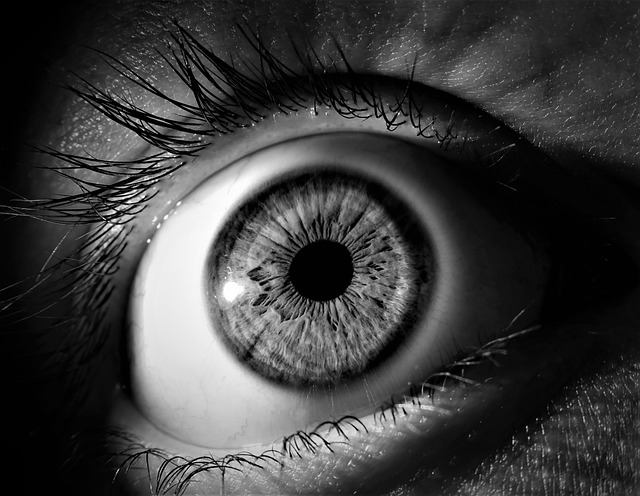Introduction: Our eyes are windows to the world, allowing us to perceive its beauty and intricacies. However, like any intricate system, the eyes are susceptible to various disorders that can impact vision and overall eye health. These are some common eye disorders, their symptoms, causes, and potential treatments.
1. Myopia (Nearsightedness):
Description: Myopia is a refractive error where distant objects appear blurry, while close-up vision remains clear.
Causes: Genetics, environmental factors, and prolonged close-up work contribute to myopia.
Correction: Eyeglasses, contact lenses, or refractive surgery can correct myopia.
2. Hyperopia (Farsightedness):
Description: Hyperopia is a refractive error where close objects are blurry, but distant vision remains clearer.
Causes: Genetic factors and changes in the eyeball shape due to age contribute to hyperopia.
Correction: Eyeglasses or contact lenses can provide clear vision for hyperopic individuals.
3. Astigmatism:
Description: Astigmatism occurs when the cornea or lens has an irregular shape, leading to distorted or blurred vision.
Causes: Irregularities in the shape of the cornea or lens are often responsible for astigmatism.
Correction: Eyeglasses, contact lenses, or refractive surgery can correct astigmatism.
4. Cataracts:
Description: Cataracts involve the clouding of the eye's natural lens, leading to blurred vision.
Causes: Aging, genetic factors, and certain medications can contribute to cataract development.
Treatment: Cataract surgery involves replacing the cloudy lens with an artificial one.
5. Glaucoma:
Description: Glaucoma is a group of eye conditions that damage the optic nerve, often due to elevated pressure within the eye.
Causes: Increased eye pressure and genetic factors are common contributors to glaucoma.
Treatment: Eye drops, oral medications, laser therapy, or surgery may be used to manage glaucoma.
6. Age-Related Macular Degeneration (AMD):
Description: AMD is a deterioration of the macula, the central part of the retina, leading to vision loss. The retina is the inner layer of the eyeball that transmits visual sensation to the brain.
Causes: Aging, genetics, and environmental factors contribute to AMD.
Management: There is no cure, but certain medications and lifestyle changes can slow its progression.
7. Dry Eye Syndrome:
Description: Dry eye syndrome occurs when the eyes do not produce enough tears or the tears evaporate too quickly.
Causes: Aging, environmental factors, and certain medications can cause dry eye.
Treatment: Artificial tears, lifestyle modifications, and in some cases, prescription medications can alleviate symptoms.
8. Conjunctivitis (Pink Eye):
Description: Conjunctivitis is inflammation of the conjunctiva, resulting in redness, itching, and discharge.
Causes: Bacterial or viral infections, allergies, or irritants can cause conjunctivitis.
Treatment: Antibiotics for bacterial infections, antiviral medications, or artificial tears for relief.
Conclusion: Understanding common eye disorders is essential for maintaining eye health. Regular eye exams, adopting healthy lifestyle practices, and seeking prompt medical attention for any concerning symptoms contribute to preserving the gift of sight. If you experience persistent eye issues, consulting with an eye care professional is crucial for accurate diagnosis and appropriate management.
